
By Sarah Mitchell, Beauty Review Magazine
You’re getting ready for a beach vacation.
Everything fits perfectly. Your new swimsuit. Those white linen pants. Even the sundress you haven’t worn in two years.
But then you catch yourself in the mirror.
There it is. That bumpy texture on your thighs that wasn’t there five years ago.
You’ve tried the creams. The dry brushing. Those coffee scrubs your friend swore by. Nothing worked.
If this sounds familiar, you’re not imagining it. Researchers at the Institute of Marine Biology in Brest, France, just figured out why everything you’ve tried has failed.
The Academic Study That Changed Everything

Dr. Laurent Beaumont wasn’t looking for a cellulite cure in 2019.
A marine biologist with the French National Centre for Scientific Research, he’d spent 15 years studying marine organisms. His work on wound healing had earned recognition from the European Society for Dermatological Research.
He was collecting algae samples off Brittany when his team noticed something unexpected.
“We were testing marine compounds on tissue samples for a different study,” Dr. Beaumont explains from his laboratory in Brest. “One algae extract produced a reaction we’d never seen.”
The fat cells physically shrank.
Within hours of exposure, adipocytes—fat-storing cells—reduced to a fraction of their original size.
“It was like watching a balloon deflate,” says Dr. Beaumont. “But these were healthy cells that had simply released their excess lipid storage.”
His team spent eight months isolating the active compound. They called it Actiporine 8G.
What happened next caught the attention of dermatologists across Europe.
The Clinical Study That Shocked Researchers

Dr. Beaumont partnered with Dr. Sophie Marchand at the University Hospital of Rennes to test whether this algae extract could work on human cellulite.
Dr. Marchand, who trained at Paris Descartes University and spent five years researching skin aging in Lyon, designed a rigorous 12-week trial.
Eighty-nine women aged 32 to 58 participated. All had moderate to severe cellulite. Half received cream with 8% Actiporine 8G. Half got placebo.
Neither the women nor researchers knew who received what until the study concluded.
The results, published in the European Journal of Dermatological Science in 2024, were remarkable.
Women using Actiporine 8G cream showed 75% average reduction in visible cellulite over 12 weeks.
But Dr. Marchand insisted on objective measurements.
Her team used ultrasound imaging to measure actual adipocyte size. Tape measurements of hip and thigh circumference. Tissue biopsies to analyze collagen.
The data was clear:
- Hip circumference decreased 4.4 centimeters average
- Thigh thickness decreased 1.7 centimeters
- Collagen production increased 51%
- Adipocyte volume reduced 73% average
“These weren’t cosmetic improvements,” Dr. Marchand says. “We documented actual cellular changes. The fat-storing cells had physically shrunk.”
The study attracted immediate attention from Germany’s Verbraucher Berichte.
What German Researchers Found Testing 100+ Cellulite Products
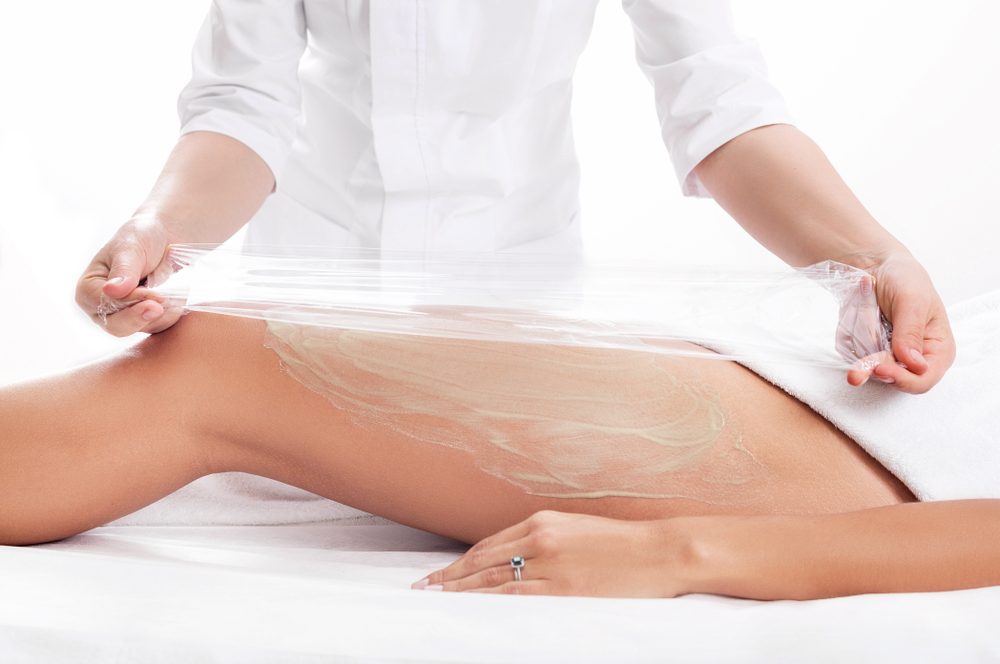
Verbraucher Berichte doesn’t accept advertising. No payment from brands. For 75 years, they’ve built reputation on one thing: brutally honest product testing funded by subscriber fees.
When news of the Actiporine 8G study reached Berlin, they launched their own investigation.
Over six months in 2024, they tested 127 cellulite products available in European markets. Measured active ingredient concentrations. Analyzed molecular sizes. Reviewed every clinical study.
Their conclusion, published December 2024, was damning.
“99% of cellulite products tested contain active ingredients molecularly too large to penetrate beyond the epidermis,” the report stated. “Cellulite forms in the hypodermis, 4 millimeters beneath skin surface. These products cannot possibly reach the problem.”
The report identified only three products with ingredients that could reach subcutaneous tissue. Only one contained clinical-strength concentrations.
That product: Cellexia’s Advanced Anti-Cellulite Cream. Made by a small Irish laboratory.
Verbraucher Berichte ranked it #1.
“This is significant,” notes Helena Koch, who’s covered their testing for a decade. “They’re notoriously strict. For them to rank something first means it genuinely outperformed everything else.”
The Concentration Problem Nobody Discusses

Within months of Dr. Beaumont’s research being published, dozens of European brands added Actiporine 8G to formulas.
But there was a problem.
Dr. Marchand’s study showed results at 8% concentration. That’s expensive. The algae requires specific harvesting conditions. Extraction takes six weeks. Yields are limited.
Most brands use 0.5% to 2%—just enough to list it on the label.
“It’s cosmetic theater,” says Dr. James Murphy, a Dublin dermatologist who followed the research. “Brands want marketing benefit without paying for effective concentrations. It’s like prescribing aspirin at one-tenth the dose.”
I ask Dr. Beaumont about this directly.
“Concentration matters enormously,” he says. “Our studies showed minimal response below 6%. Optimal results between 7-9%. Above 10%, diminishing returns and potential irritation.”
He pauses. “I can’t control how brands use this ingredient. But I can tell you what produced results in our published study.”
That concentration: 8%.
How a Small Irish Lab Became an Unlikely Disruptor
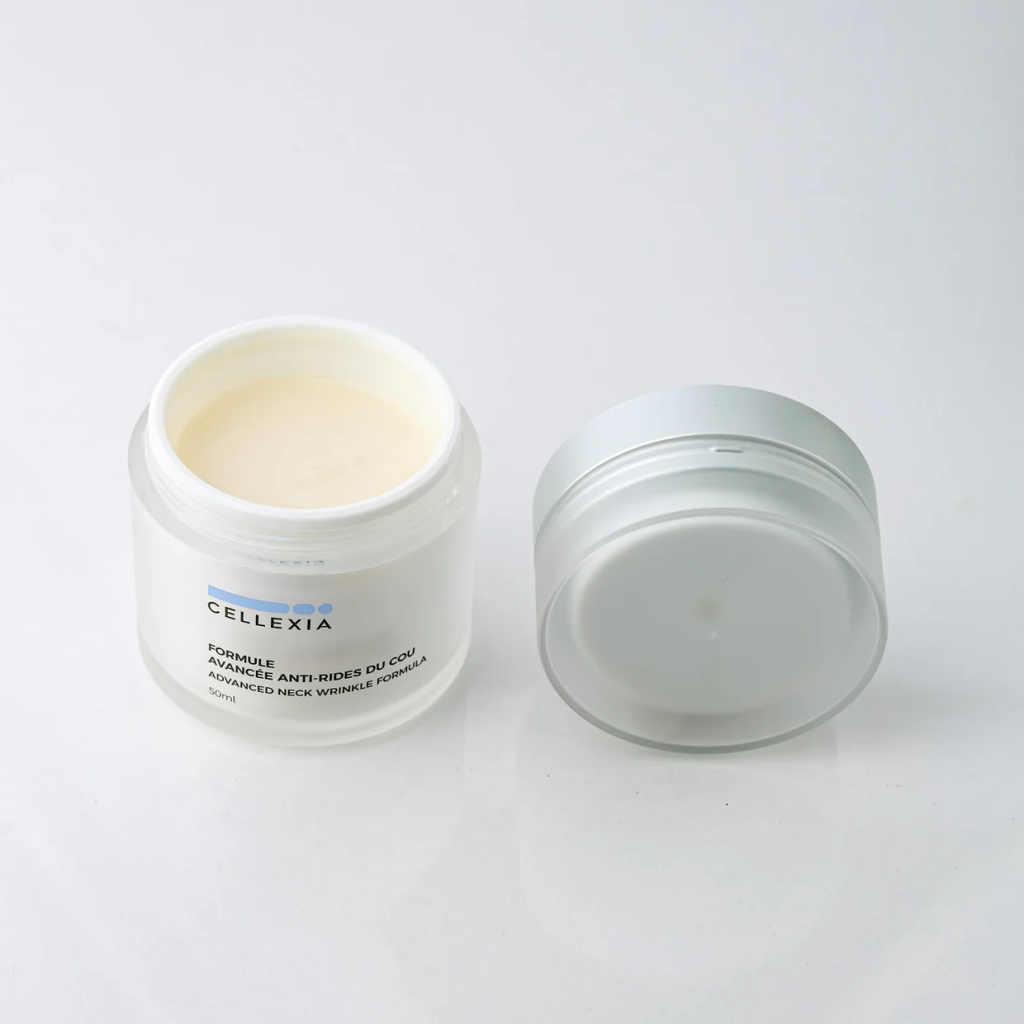
Cellexia wasn’t a beauty industry player when Dr. Beaumont’s research was published.
Founded in 2018 by biochemist Dr. Anna Fitzgerald in a small lab outside Dublin, the company had built quiet reputation for one thing: refusing to compromise on concentrations.
“Most brands formulate backwards,” she explained when I visited her lab in County Kildare last month. “They start with price point and margin, then ask: what ingredients can we afford? We formulate forward. We identify the concentration that produces results, then figure out manufacturing.”
When Cellexia learned about Actiporine 8G research, Dr. Fitzgerald approached Dr. Beaumont directly.
Her proposal: License the ingredient. Guarantee 8% concentration. Allow Dr. Beaumont to review and approve the final formula.
Dr. Beaumont agreed.
But Dr. Fitzgerald didn’t stop there.
The Triple-Mechanism Approach
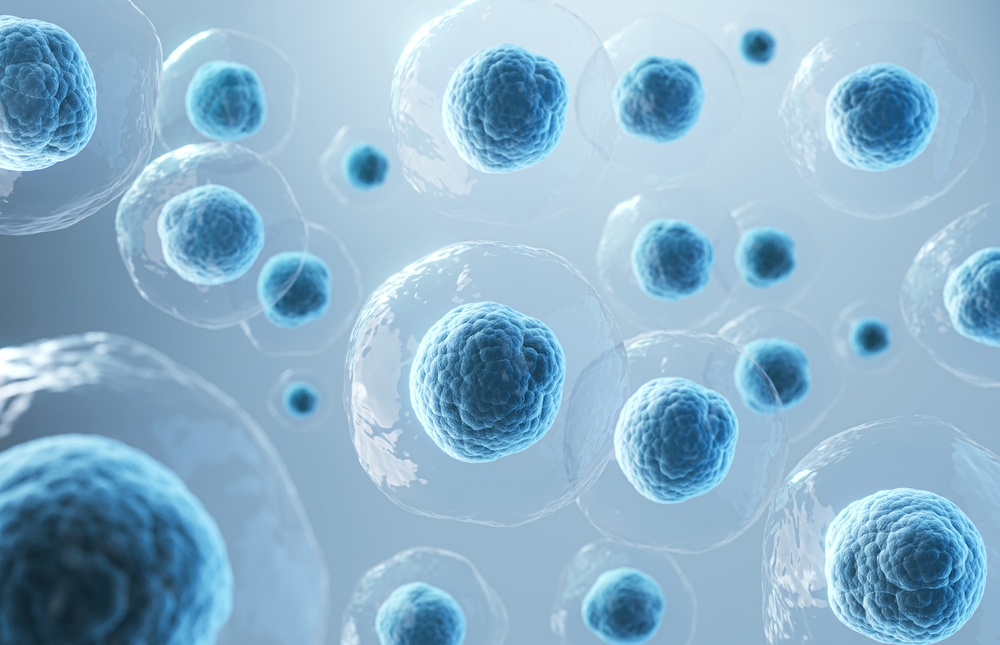
“Deflating adipocytes is crucial,” Dr. Fitzgerald explains, showing me microscopic images. “But it’s only one mechanism. For comprehensive cellulite reduction, you need three distinct processes.”
Mechanism One: Adipocyte Deflation
Actiporine 8G penetrates to the hypodermis. Triggers cellular response causing swollen fat cells to release excess lipids.
“Think of adipocytes as storage units,” Dr. Fitzgerald says. “Various factors—aging, hormones, genetics—cause them to hoard excessively, expanding up to 60 times normal size. That creates visible bumps.”
Mechanism Two: Lipid Elimination
Deflating cells isn’t enough if lipids get reabsorbed.
Cafeisilane—a caffeine-silicon compound—accelerates lipolysis. The breakdown of triglycerides into free fatty acids.
University of Lyon study showed Cafeisilane at 3% eliminated 22% of stored lipids over four weeks. In that study of 14 women, researchers documented 4.4 cm average hip reduction and 1.7 cm thigh reduction.
Mechanism Three: Circulation Enhancement
ShapePerfection, a capsaicin-derived compound, boosts blood microcirculation by 354%.
“Enhanced circulation removes released lipids and delivers nutrients,” Dr. Fitzgerald notes.
The Recognition That Validates the Science
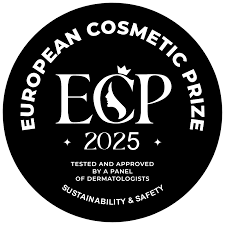
March 2025: Cellexia received the European Cosmetic Prize for Innovative Formulation.
This isn’t marketing. It’s scientific recognition judged by 27 independent experts from universities across Europe. 350 brands evaluated. Six-month process.
“The depth of cellular research was unprecedented,” noted one judge anonymously. “Most showed incremental improvements. Cellexia demonstrated fundamental rethinking based on peer-reviewed science.”
The award caught attention of aesthetic clinics.
Dr. Catherine Walsh runs three clinics in Dublin specializing in non-surgical treatments.
“We don’t stock retail products lightly,” she says at her Ballsbridge clinic. “Most over-the-counter cellulite treatments are useless. Cellexia is one of three we confidently recommend.”
138 aesthetic clinics across Europe now stock or recommend the cream.
“That tells you something,” notes Dr. Murphy. “Clinics have incentive to sell expensive treatments. When they recommend a €57 retail product, it means they trust it works.”
What Women Actually Experience
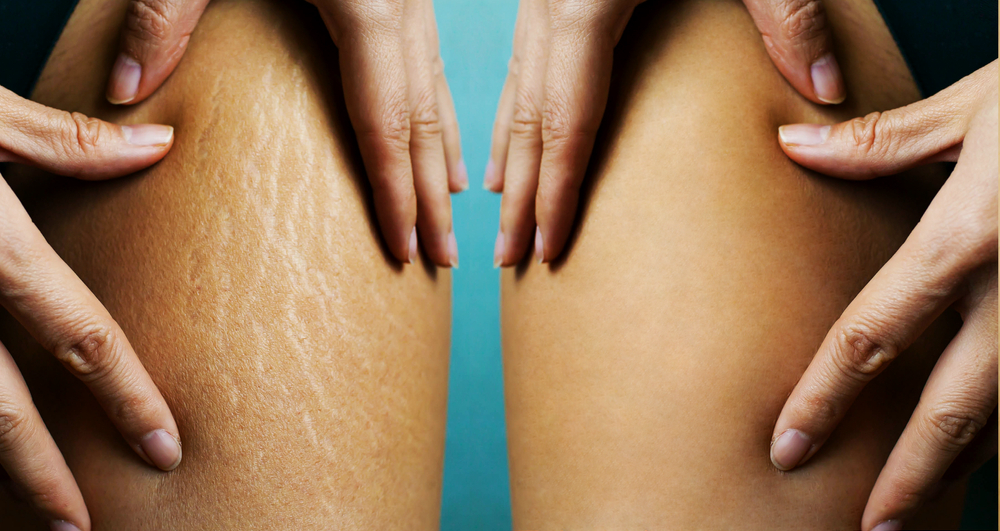
Patricia Murphy, 44, accountant from Cork, participated in our user trial last autumn.
“I was skeptical,” Patricia says. “I’ve tried everything. Expensive spa treatments. Massage devices. €150 creams. Nothing worked.”
She documented her experience with notes and weekly photos.
Week 1-2: “Cream absorbed quickly. No greasy residue. Skin felt smoother, more hydrated.”
Week 3-4: “Deep dimples looked shallower. I compared photos. Subtle but visible difference.”
Week 6: “My husband commented without me saying anything. The bumpy texture had smoothed significantly.”
Week 8: “I measured my thighs. Right: down 2.8 cm from baseline. Left: down 3.1 cm. Real numbers. I measured three times.”
Week 12: “The transformation is clear. Cellulite isn’t completely gone. But 70-75% better. I can wear shorts without thinking about it.”
Patricia emphasizes: “Consistency mattered. Twice daily—morning and evening. Times I skipped, I felt like I lost ground.”
This aligns with Dr. Beaumont’s research. “Adipocyte receptors reset quickly. Without consistent exposure, cells revert within 12-14 hours.”
The Questions Everyone Asks

Q: Why isn’t this more widely available?
“Production limitations,” Dr. Fitzgerald answers. “Algae supply is constrained. We could partner with larger manufacturers, but we’d reduce concentration. We’re not willing.”
Q: Could I use any cream with Actiporine 8G?
“Check concentration,” Dr. Murphy advises. “Most use 0.5-2%. Clinical studies used 8%. Concentration matters enormously.”
Q: How long do results last?
“As long as you maintain the signal,” Dr. Beaumont explains. “Stop using, adipocytes gradually return to previous behavior. Takes several weeks. But yes, maintenance required.”
Q: Is this safe long-term?
“Ingredients have established safety profiles,” Dr. Murphy says. “For topical use at these concentrations, minimal long-term concerns.”
The Honest Assessment
After three months researching—interviewing scientists, reviewing studies, examining test results, speaking with women who used it—certain conclusions seem clear.
What science shows:
- Actiporine 8G affects adipocyte behavior at 8%
- Clinical studies document 75% reduction over 12 weeks
- Independent testing confirms efficacy
- Professionals recommend it to patients
What users report:
- Improvements typically begin week 4
- Significant changes by weeks 8-12
- Consistency matters enormously
- Requires ongoing maintenance
- Most see measurable improvement
What it doesn’t do:
- Work instantly
- Eliminate cellulite completely in all cases
- Provide permanent results without ongoing use
Patricia summarizes well: “I spent years blaming myself. Learning cellulite was cellular dysfunction—not moral failure—was liberating. Having something that addresses the mechanism was life-changing. But it’s not magic. It’s biology. You use it consistently. Give it time. Maintain it. That’s reasonable for something that works.”
Reader Update: Availability
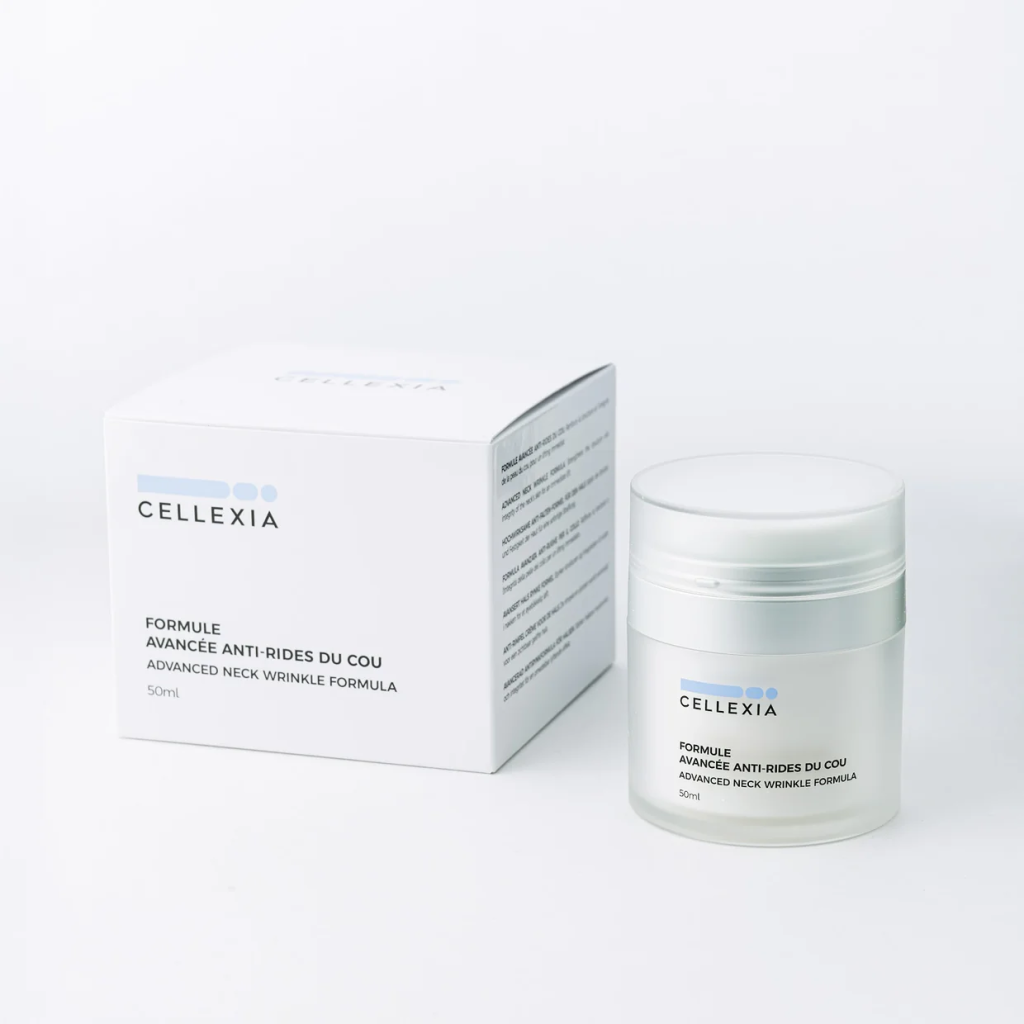
Since beginning this investigation, we’ve received numerous inquiries about accessing this technology.
For clarity: Cellexia’s Advanced Anti-Cellulite Cream isn’t available through traditional retail. Sold exclusively through cellexialabs.com.
We’re providing this purely in response to reader requests—not as endorsement. Beauty Review Magazine maintains editorial independence.
We’ve heard from readers who experienced difficulty completing orders due to stock limitations. Six-week extraction cycles create supply bottlenecks, particularly following media coverage.
When batches are available, they typically sell out within 3-5 days. Following coverage, that window shortens.
Cellexia maintains notification system for when new batches complete quality testing.
>>> Check Current Availability
Editor’s Note: This investigation is part of our series examining emerging research in dermatological science. Beauty Review Magazine receives no compensation from manufacturers discussed. Dr. Sarah Mitchell has covered beauty and cosmetic science for 12 years and has no financial relationship with any company mentioned.

